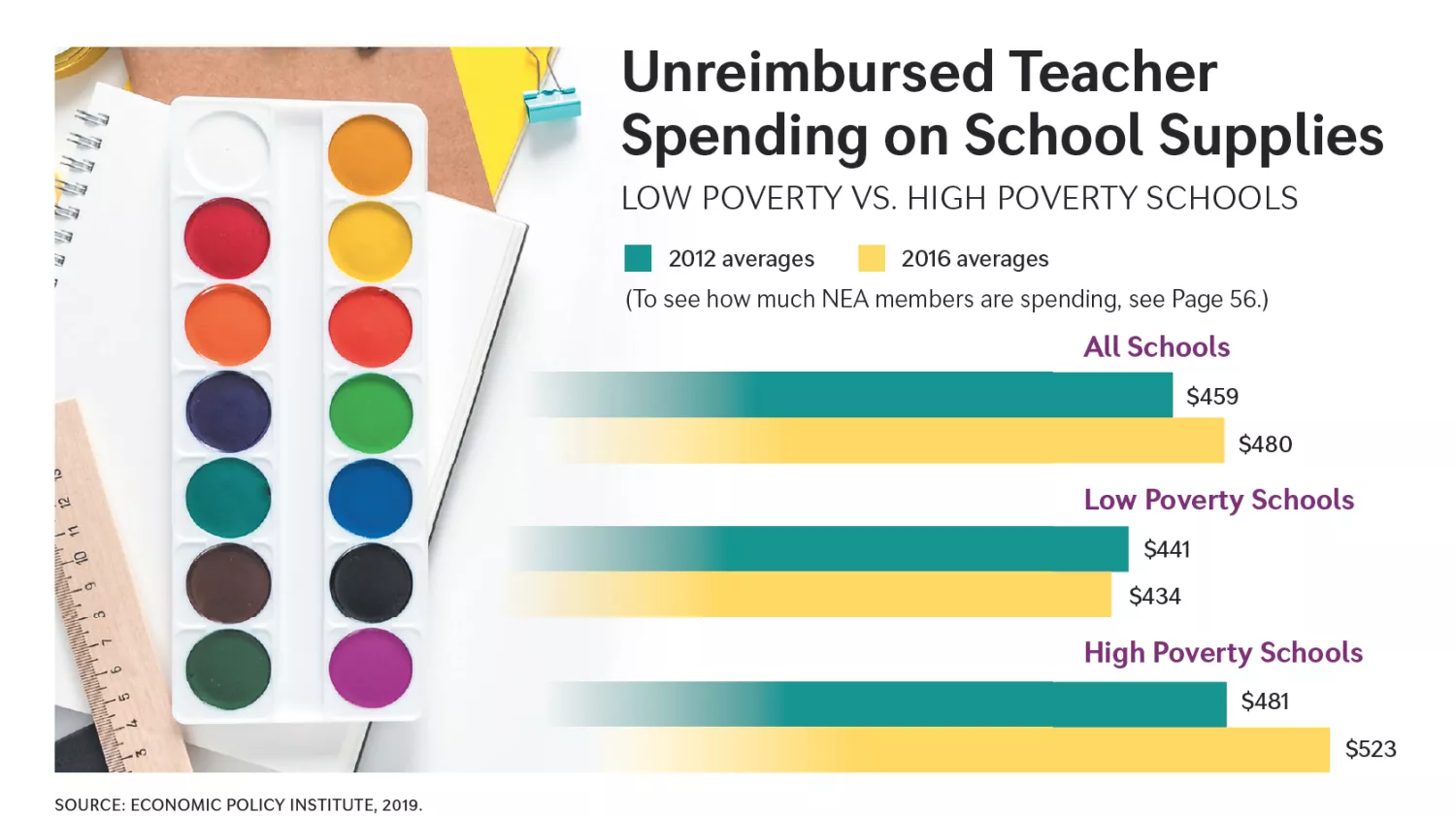Key Takeaways
- A major national study, called “Identity Matters,” found that parents are not having frequent conversations with children about race, class, religion, gender, and other social identities.
Parents Aren’t Talking to Their Kids About Race
A major national study, called “Identity Matters,” found that parents are not having frequent conversations with children about race, class, religion, gender, and other social identities.
Conducted in 2019 by Sesame Workshop—the creators of Sesame Street—and the National Opinion Research Center at the University of Chicago, the study explores how educators and parents can work together to have these important conversations.
NEA Today spoke with Rosemarie Truglio, senior vice president of curriculum and content at Sesame Workshop, and Derrick Gay, an expert on issues of diversity, inclusion, and global citizenship, and a research advisor for the project*
NEA Today: Research reveals that parents are comfortable talking about identity—particularly parents from dominant groups (white, Christian, straight, middle class, highly educated), but they don’t. Why not?
Derrick Gay: There are a number of reasons. First, there is a lack of awareness. If someone belongs to a dominant group, they may be unaware that individuals are navigating the world diff erently. Another issue is color or identity blindness. Many people have been raised to think that a better world is one where everyone is equal. If everyone is equal, and you don’t see diff erences, then there aren’t problems.
A final reason is fear of engaging in these conversations, especially with children, because it may be develop-mentally inappropriate. In fact, the research finds that children in the U.S. begin to understand themselves as racialized beings—meaning they are aware of being divided by race—at 3 to 5 years old. For children of color, this happens even earlier.
Many teachers discuss social identities more regularly, the study found. How can educators bring parents in on these conversations without crossing boundaries?
DG: We want to partner with parents. The work I do in schools provides professional development for educators, helping them design lessons that increase student aware-ness and cultivate this open mindset. We’re also preparing families, parents, and guardians as well. Often teachers are afraid of infringing upon the values of families and w ould not want the parent to be blindsided.
Rosemarie Truglio: Teachers also need to be supported by the administrators...it’s the whole school culture. If conversations around identity continues to lag, what would concern you the most?
RT: We’re going to continue to see so many problems in our society because we have an empathy gap. Empathy is awareness, but the next step is compassion. Compassion is the action, and you cannot have acts of compassion without empathy. What actions can educators take?
DG: The greater humility you have to recognize that you’re a good person and you have implicit biases—we all do—and acknowledge ways you do things that may not be inclusive, that’s going to heighten your awareness. This will help identify your growth areas and encourage parents to partner with you in this work. To download the study, go to sesameworkshop.org and search “Identity Matters.”
School Districts Sue Juul Labs
Three school districts, in Kansas, Missouri, and New York, filed separate lawsuits against Juul Labs in late 2019, alleging that the company intentionally markets its products to teens as “trend-setting and relatively harmless.”
The New York suit claims the practice forces educators to spend precious time and resources fighting an e-cigarette “epidemic.” Despite industry claims that e-cigarettes help adult smokers move to tar-free products, health advocates say the devices are creating a new generation of nicotine addicts. At press time, the CDC had reported that 55 people had died in the U.S. due to vaping-related illness. And, according to the 2019 National Youth Tobacco Survey, an estimated 5.3 million teens use e-cigarettes.
Overwhelmingly, Juul is the preferred brand. “Juul use by students during school presents a danger to students and increases the resources necessary to educate the students who use Juul,” the New York school district states in its lawsuit. “It also detracts from educators’ limited time and resources to educate their student population generally.” The districts are looking to recoup the costs of combating vaping in schools and providing new health education programs.
In my Own Words
“Nurses, counselors, librarians, [and] access to AP courses all take money. We know students can’t learn if they’re hungry, if they don’t have eye glasses, if they don’t feel respected and honored for the cultures they bring to the classroom. Those opportunities matter, and for decades we spent time and money on tests, and not even in a comprehensive way.” —NEA Vice President Becky Pringle, Every Student Succeeds Act Summit, December 10, 2019
PISA Results: U.S. Students Make Slight Progress
The Organisation for Economic Cooperation and Development (OECD) released the results for the 2018 Programme for International Student Assessment, better known as PISA, in December 2019. A test of reading, mathematics, and science, PISA is administered every three years to 15-year-old students around the world. In 2018, a record 600,000 students from 79 nations took the test. U.S. students scored slightly better in all three subjects.
Though statistically insignifi cant as a measure of improvement, the increase was enough to push the United States slightly above the OECD average in reading and science, while still falling below in math. Their scores were similar to those of students in Australia, Germany, New Zealand, Sweden, and the United Kingdom in at least two of these three subjects. Once again, China (the provinces of Beijing, Shanghai, Jiangsu, and Zhejiang) and Singapore came out on top, ranking first and second, respectively, in all three subjects. Estonia, Canada, Finland, and Ireland rounded out the top five.
The data can be useful, says National Education Association President Lily Eskelsen García, but it’s important to keep the results in perspective. “These numbers are a single indicator of performance,” she says. “Every teacher knows that test scores don’t measure a child’s worth nor potential, and that no place in the world is the same as the next.”
HEALTHY CHOICES: More Time for Lunch?
As many schools have cut the lunch period to 20 minutes or less to make room for more instructional time, many students who buy lunch are left with little time to eat—which can affect their health.
Juliana Cohen of the Harvard University T.H. Chan School of Public Health conducted research that shows students who are rushed end up consuming significantly less of their entrees, milk, and vegetables than their peers who have sufficient time. This can adversely affect their academic performance. Having enough time to eat is also critical for low-income students who depend on free meals for their daily nutrition. Experts say children should be afforded time to relax during the school day and generally recommend that schools provide at least 30 minutes for lunch.
Unreimbursed Teacher Spending on School Supplies
LOW POVERTY VS. HIGH POVERTY SCHOOLS


